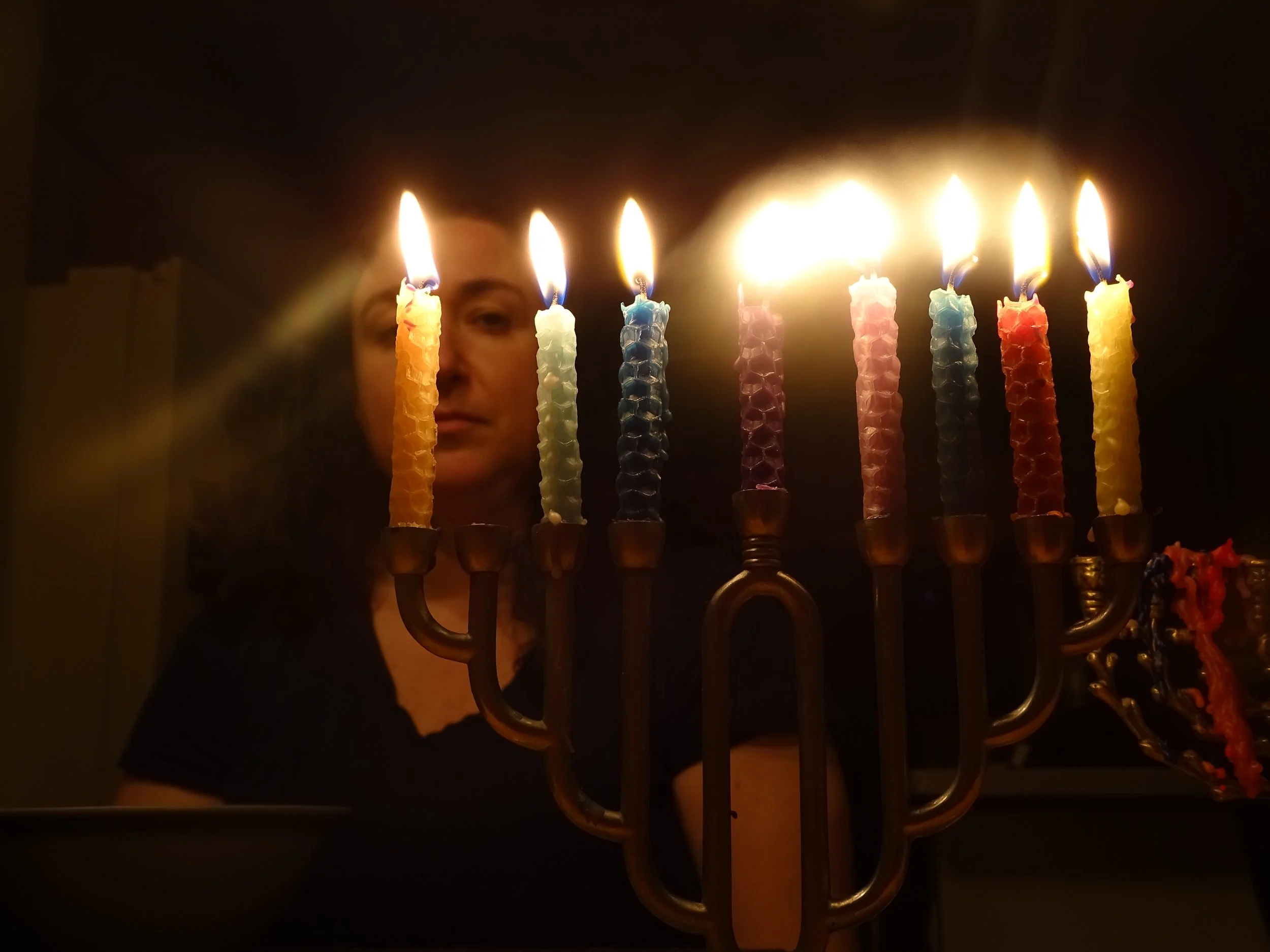
The Evolution of Chanukah: From Minor Holiday to Beloved Celebration
Chanukah, traditionally considered a minor Jewish holiday, has risen to public prominence, particularly in North America, due to its proximity to Christmas. Historically, the holiday featured only a brief prayer in the Amidah and two blessings during the candle-lighting ceremony—far less elaborate than the liturgy for High Holy Days or Passover.
The origins of Chanukah lie in the story of the Maccabean revolt (167–160 BCE) against the Seleucid King Antiochus IV Epiphanes. However, many American Jews are unaware that this narrative is absent from the Tanakh (Hebrew Bible). Instead, it appears in the Books of Maccabees—texts found only in the Christian Bible. The sages who finalized the Jewish canon in approximately 100 CE excluded the Books of Maccabees, as their themes did not align with the rabbis’ vision of sacred scripture.
Chanukah in Jewish Tradition
Unlike other Jewish holidays rooted in the Tanakh, Chanukah receives minimal attention in the Talmud. The rabbis briefly reference the Maccabean revolt but shift the focus to divine intervention—highlighting the miracle of one day’s oil lasting for eight (Babylonian Talmud, Shabbat 21b). To emphasize peace over militarism, the haftarah for Shabbat during Chanukah includes the verse, “Not by might, not by power, but through My Spirit” (Zechariah 4:6).
In the late 1800s, the Zionist movement reinterpreted the Maccabean story, portraying the Maccabees as heroic warriors—contrasting with traditional Jewish ideals of scholarship. This version of Chanukah aligns with early Israeli identity, which emphasized militarism. However, contemporary scholarship reveals that the historical Maccabean revolt involved complex civil and regional conflicts, and the subsequent Hasmonean dynasty was far from idealized. Today, the North American Jewish community seeks a more nuanced and accurate understanding of Chanukah’s history.
Chanukah and the Winter Solstice
Chanukah begins on the 25th of Kislev, during the darkest time of the year, often coinciding with the winter solstice. The Talmud’s story of the miraculous oil provided a Jewish counterpart to solstice celebrations, synchronizing with but differentiating from the surrounding culture’s rituals.
Rethinking Light and Darkness
Popular culture often extols light and disparages darkness, contributing to racial prejudice and negative attitudes toward wilderness.
Drawing on traditional and contemporary mystical teaching, Chanukah Anew materials will encourage learners to think beyond binary categories of black and white, exploring the interplay of light and darkness essential to both the natural cycles of the earth and human spirituality.

